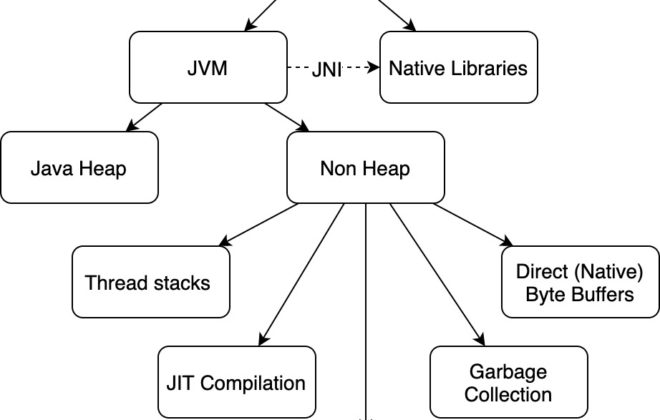How can developers leverage the new OpenAI libraries in their projects
DEVELOPMENT, IT
0
Developers can leverage the new OpenAI libraries in their projects by integrating the OpenAI API, which provides access to advanced AI models for various applications. Here’s how to effectively utilize these libraries:
Key Capabilities of OpenAI API
- Natural Language Processing: Utilize models like GPT-4 for tasks such as text generation, summarization, translation, and sentiment analysis. This allows applications to understand and generate human-like text, enhancing user interaction.
- Conversational Agents: Build chatbots or virtual assistants that can engage in multi-turn conversations, providing users with responsive and contextually aware interactions.
- Image Generation: Use models like DALL·E to create images from textual descriptions, adding a visual component to applications that require creative content generation.
- Code Assistance: Implement Codex for code completion and suggestions, aiding developers in writing and understanding code more efficiently.
- Automated Customer Support: Develop intelligent systems capable of handling customer inquiries autonomously, improving service availability and response times.
Steps to Integrate OpenAI API
1. Set Up Your Environment
- Install the OpenAI Library: Use pip to install the Python client library:
Default1pip install openai
2. Configure API Access
- Obtain Your API Key: Sign up on the OpenAI platform and get your API key.
- Initialize the Client:
Default123import openaiopenai.api_key = "your_api_key_here"
3. Make API Requests
- Send Requests: Use the library to interact with the API. For example, to generate a text completion:
Default123456789response = openai.ChatCompletion.create(model="gpt-3.5-turbo",messages=[{"role": "system", "content": "You are a helpful assistant."},{"role": "user", "content": "Hello!"}])print(response['choices'][0]['message']['content'])
4. Handle Responses
- Process the API’s output for use in your application, ensuring you manage errors and exceptions effectively.
Best Practices for Integration
- Asynchronous Programming: Use asynchronous calls to improve performance and responsiveness.
- Error Handling: Implement robust error handling to manage issues like network failures or rate limits.
- Monitoring and Logging: Keep track of API usage and performance metrics for better management.
- Data Privacy: Ensure compliance with data protection regulations when handling user data.
By following these steps and best practices, developers can effectively integrate OpenAI’s powerful capabilities into their applications, enhancing functionality and user experience without needing extensive expertise in AI or machine learning
Related Posts
Leave a Reply Cancel reply
Service
Categories
- DEVELOPMENT (109)
- DEVOPS (54)
- FRAMEWORKS (32)
- IT (25)
- QA (14)
- SECURITY (14)
- SOFTWARE (13)
- UI/UX (6)
- Uncategorized (8)




